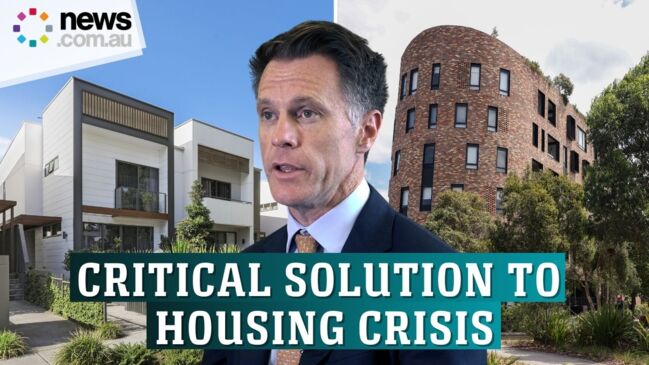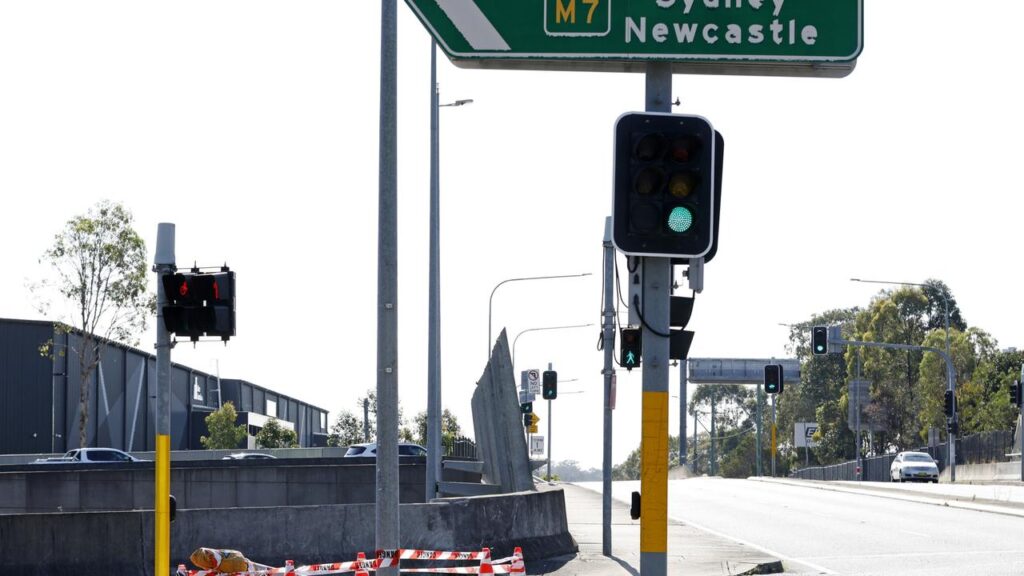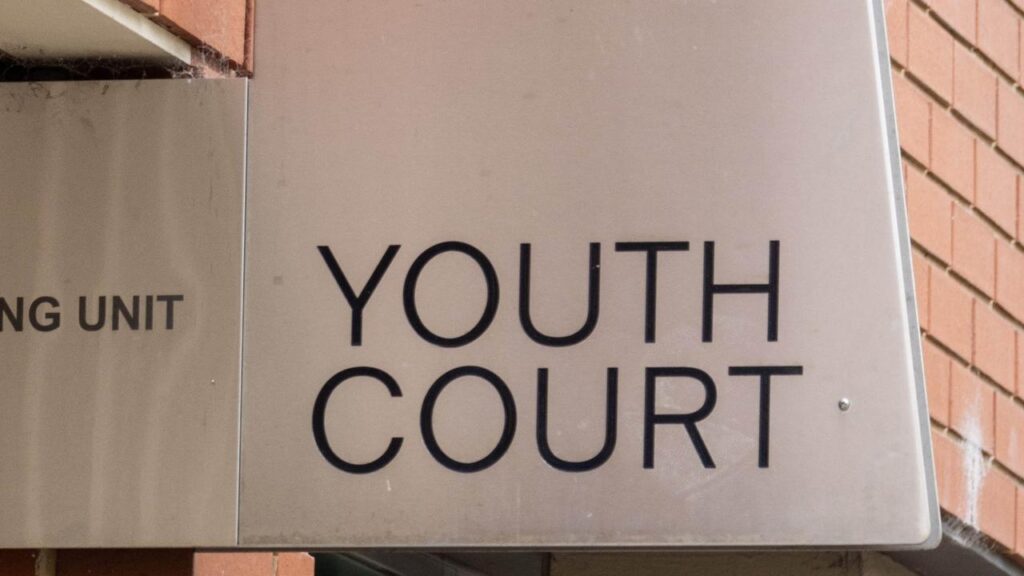Australia’s race to build 1.2 million new homes could spark a ‘ticking time bomb’, experts warns
Written by admin on August 7, 2024
Australia’s race to build 1.2 million new homes over the next five years, in a bid to ease the housing crisis, has ignited a ticking time bomb that could wreak havoc for decades, experts warn.
Prime Minister Anthony Albanese’s ambitious goal to dramatically boost the supply of new dwellings could spark a construction boom, with billions of dollars in incentives on offer to developers.
But Steve Abbott, founder and managing director of construction advisory and delivery services company SJA, warned the rush could see a surge in potentially devastating building defects.
The Federal Government’s pressure on the home-building sector to deliver new homes at pace coincides with a crippling labour and skills shortage, as well as materials supply and cost issues.
“Governments are trying to force the industry into a residential boom without the resources – both within the industry and governments – to manage such a workload,” Mr Abbott warned.
“The industry needs a reliable supply of high-quality skills, staffing, a sufficient number of planners and building certifiers, a reliable talent pipeline, and building materials.”
The focus on housing supply by governments will prioritise medium and high-density housing, but Professor Geoff Hanmer, who teaches construction management and architecture at the University of Technology Sydney, said the construction sector has “proven it can’t build well”.
“The housing industry at the moment is incapable of delivering apartments that are defect-free,” Professor Hanmer, also the managing director of the consultancy ARINA, said.
“If we continue down this track of going big on apartments, we’re going to end up a lot of defective ones.”
Litany of ‘substantial’ quality issues
Australia’s last building boom, which kicked off during the Covid pandemic on the back of the HomeBuilder stimulus package, had resulted in a number of quality issues that are still being dealt with, Mr Abbott said.
“Defects I commonly review … are water leaks, cracks and generally poor finishes – major symptoms of poor construction,” he said.
“If we don’t prioritise quality in this next wave of residential construction, [the industry] will have to address a new [series of] of defects over the next 20 years.”
Research by the NSW Building Commission, released last December, found 53 per cent of apartment buildings surveyed in 2023 had serious defects, up from 39 per cent just two years earlier.
In addition, it said the number of serious defects reported to the regulator last year more than doubled since 2021, with waterproofing and fire safety systems the most complained about areas.
The true extent of quality problems in multi-unit buildings is likely much higher than the data shows, Professor Hanmer said.
“The different research on building defects in class two buildings, which is apartments, ranges from 50 per cent to 90 per cent delivered with defects,” he said.
“It’s a little bit difficult to work out which of these figures are correct, but certainly the number of defects, the number of serious defects, is very substantial.”
On Christmas Eve in 2018, hundreds of residents of a brand-new 34-storey apartment complex in Sydney’s west, Opal Tower, were urgently evacuated after loud cracking and bangs were heard.
Serious structural issues were uncovered, requiring significant rectification works over the course of 18 months
In mid-2019, residents in Mascot Tower in Sydney’s inner-south were forced from their homes when large cracks were discovered in the building’s basement.
The building, constructed a decade earlier, was found to be riddled with defects and owners of the 131 units faced five years of uncertainty before a deal was struck in June to sell the site.
Modelling by Equity Economics on the total costs likely to stem from all building defects in apartments built across the country over the past 10 years is in the vicinity of $6.2 billion.
“This is a conservative estimate that excludes several potential costs including legal costs, jurisdiction-wide building audit schemes, and increases in insurance,” its report noted.
“In addition, it excludes the cost of defects for apartments built before 2009.”
Simon Croft, director of industry policy at the Housing Industry Association, said major changes have been implemented across the industry in recent times.
“New homes and major renovations are subject to a number of mandatory inspections throughout the build to ensure compliance with relevant building codes and standards,” Mr Croft said.
“Over the last few years, government have been introducing further reforms to strengthen their regulations and oversight of buildings including additional auditing and increased building standards.”
But Professor Hanmer believes little has changed over the past several years, despite increased regulation and compliance.
‘Ticking time bomb’
While Opal tower and Mascot Tower extreme examples, Mr Abbott said quality issues in multi-unit dwellings have become more common across Australia, but particularly in NSW – the epicentre of the housing crisis – and Victoria.
“The pending housing boom is a ticking time bomb,” he warned.
The explosive mix of issues that could spark the fuse on that bomb are skills shortages, supply chain issues, differing regulatory frameworks between municipalities across states and territories, as well as poor apprenticeship completion rates.
“The skills shortage in particular is a very real issue for our industry that’s worsening as each year rolls on,” Mr Abbott said.
But also contributing to the issue is the “constant drive to do things cheaper”.
“It’s a race to the bottom,” he said. “We need to get back to basics and do things right – the foundation on which the industry was built.
“Short-term solutions such as boosting skilled migration or once-off limited financial incentives to hire apprentices such as what we saw coming out of the pandemic are part of the picture, but we need something more overarching and enduring.”
The introduction of compulsory insurance to address future defect issues should they arise “might solve part of the problem” but it deals with it after the “horse has bolted”, he added.
“The availability of this insurance coverage equates to another fix,” Mr Abbott said.
“We need to get better at constructing quality dwellings rather than finding better ways of dealing with defects after they occur. It highlights a conversation about construction quality we need to have.
“However, you can only ensure high quality when you have the right complement of appropriate resourcing across the industry. That’s where Australia is sadly lacking.”
Culture needs to change
The NSW Government is leading the pack in terms of ambitious policies designed to boost housing supply, including major reforms to streamline planning protocols for medium and high-density development in certain areas.
But Premier Chris Minns acknowledged several high-profile instances of defects in new apartment buildings posed a challenge.
The state can support the construction of new buildings, but if buyers and investors don’t have confidence in their quality, addressing the housing crisis will be all the more challenging, he told news.com.au in an exclusive sit-down in March.
“We’ve given the Building Commissioner more resources and his own team to go out there and do a couple of things,” he said.
“Firstly, go out there and ensure that building standards are the highest in the world and secondly, that people can have confidence in buying off-the-plan.
More Coverage
“NSW has a strong cop on the beat whose specific remit is to ensure quality, long-term and longstanding development.”
Professor Hanmer said efforts to “chase the really poor developers out of town” was necessary, and the Building Commission’s work on regulation is admirable.
“But we can really only fix this problem with defects by changing the culture of the residential building industry.”







